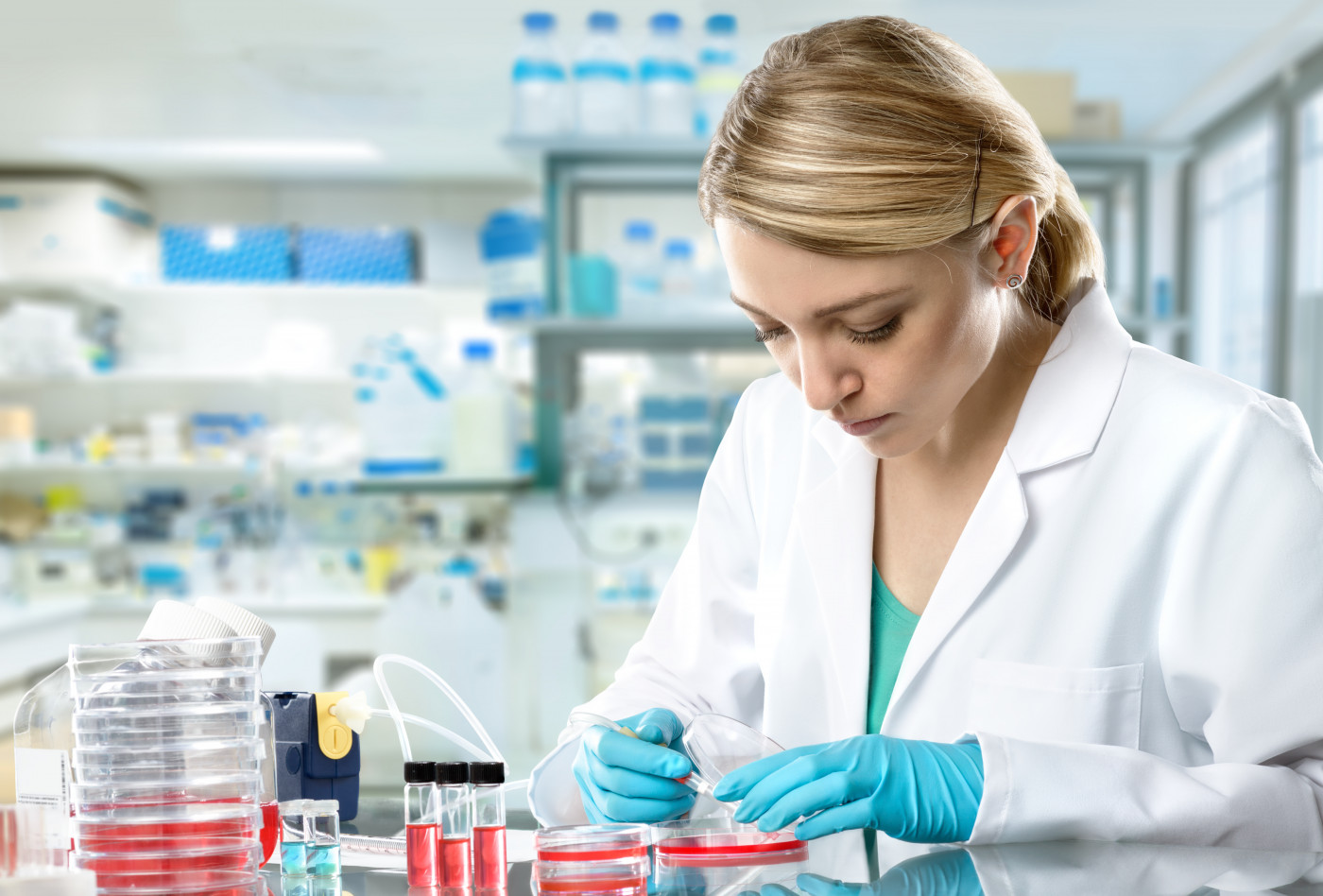‘Hero’ Proteins Protect Cells from Toxic Clumps Underlying ALS, Other Neurodegenerative Diseases

Human cells produce a type of proteins, termed “Heroes,” that protect against the formation of toxic protein aggregates involved in several neurological conditions, including amyotrophic lateral sclerosis (ALS), and are extremely resistant to harsh conditions, early study results show.
Organisms naturally use Hero proteins as molecular shields to stabilize protein activity, a function that someday may be exploited for biotechnology applications and for developing new treatments for neurodegenerative illnesses, researchers suggest.
The study with these findings, “A widespread family of heat-resistant obscure (Hero) proteins protect against protein instability and aggregation,” was published in the journal PLOS Biology.
The activity of proteins is largely dependent on their shape, which is held in place by weak attractions between amino acids, the building blocks of proteins. Heat can disrupt, or denature, these interactions and jumble protein structure, causing them to clump together. This usually stops proteins from working.
Protein aggregation and misshaping are believed to be the root cause of several neurodegenerative diseases such as ALS, Huntington’s and Alzheimer’s.
The formation of TDP-43 protein clumps, for instance, are observed in motor neurons, which control voluntary muscles, in nearly all cases of ALS.
Proteins also can become aggregated, or denatured, under conditions of stress, such as extreme heat.
Organisms have a set of “protein shields” called chaperones that help other proteins acquire and maintain their correct shape, as well as direct misfolded proteins for disposal. These “shields” run at the cost of cellular energy, in the form of ATP, and are proteins themselves, which means they normally stop working at high temperatures and other forms of stress.
Researchers from the University of Tokyo in Japan, and colleagues, discovered a new class of proteins that protect other proteins from forming aggregates, even at extreme heat or stresses, a finding that could point toward new treatments for neurodegenerative diseases.
Researchers found it by accident while they were trying to purify a protein from fruit flies. They noticed that flies contained factors that could stabilize proteins and were heat-resistant at the same time, keeping their activity even at boiling temperatures (95º C, or 203º F).
Proteins with these properties were known only in “extremophile” organisms, which are able to endure extreme conditions such as drying, freezing, or high salt concentrations.
In further tests, the team confirmed that human cells also contain a similar class of protein stabilizers, dubbed “Hero” proteins (HEat Resistant Obscure) proteins, as a nod to the Japanese word hero-hero, which means loose.
The team studied in more detail six Hero proteins, showing that each of them could protect a group of delicate proteins from physical stresses, including heat and organic solvents.
Prompted by these results, they tested if Hero proteins could prevent the toxic aggregation of disease-related proteins in cells.
In a laboratory human cell line, several Hero proteins “strongly suppressed” the formation of protein aggregates of TDP-43 — a hallmark of ALS — and GA50, a protein produced by the C9orf72 gene, the most frequently mutated gene in ALS patients.
Certain Hero proteins also could prevent the clumping of Huntingtin, the protein whose mutated form is thought to underpin the development of Huntington’s disease.
Of note, these molecular shields also suppressed the toxicity of TDP-43 aggregates in lab-derived human motor neurons, the nerve cells that are damaged and die in ALS.
Moreover, in a fly model of neurodegeneration, Hero proteins almost completely suppressed nerve cell death caused by toxic TDP-43. Hero proteins also benefited healthy flies, extending their longevity. This suggests they also may help fight natural cellular stress caused by aging.
Hero proteins are long “polymers,” with a high affinity for water (hydrophilic), and an unusually large number of positive charges. This is probably key for their stabilizing ability, the researchers hypothesized. These proteins have many “intrinsically disordered regions,” which correspond to protein stretches that do not fold into any specific shape. This most likely allows them to drape other proteins like a shield, protecting against misshaping.
“Unlike chaperones, Hero proteins don’t appear to use any ATP, and probably act on the functional form of their client proteins and prevent them from lapsing into misfolded states,” the study’s senior author, Yukihide Tomari from the University of Tokyo, said in a press release.
“Their ability to protect proteins from multiple kinds of denaturing stresses may be useful in biotechnology applications in the purification of proteins, and the fact that they can block pathogenic aggregates in neurodegenerative disease models may make them attractive candidates for therapeutic development,” Tomari concluded.






